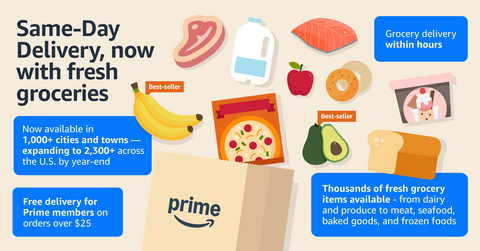In our industry, all too often people see functions such as Leasing and Marketing as separate enough to be placed in silos, always and forever. When you think about it, though, aren’t both really about growth? If marketing professionals are about generating demand, then leasing agents are about converting demand into revenue, right?
For decades now, real estate owners and developers have relied on an essentially passive approach to demand. They hoped that site selection and demographics would create demand – “if you build it, they will come.” As a corollary, they gave short shrift to marketing relative to the huge commitment to this sphere in other business sectors. The lack of appreciation for the need to actively generate demand was abundantly clear after 2008, when so many marketing execs and their teams were the first to get the ax. Even today, executive recruiters will tell you that marketing has never really recovered.
In our remade, post-recession environment, real estate companies are running with lean-and-mean teams with portfolios comprised of assets in dense, highly competitive markets. They face a real challenge in differentiating all of those food halls, mixed-use properties, entertainment hubs and the like. Instead of internal silos, they need Growth Teams. You want your best-in-class, fully funded demand generators teeing up their partners in leasing for demand conversion. It’s a self-reinforcing circle that leads to continuous improvements in both the tenant mix and traffic at the property.
I think of the combined Growth Team as not only leading to value creation at the asset and portfolio level, but also fulfilling a commitment to our retailers. It’s not just the retailer’s job to drive traffic to the center [sorry, but if you think that you’re a dinosaur], it’s a partnership between retailer and landlord to ensure that the center is a vibrant destination worthy of getting up off the couch.
Owners that have a growth mindset agree, and their retailers and shoppers thank them.








